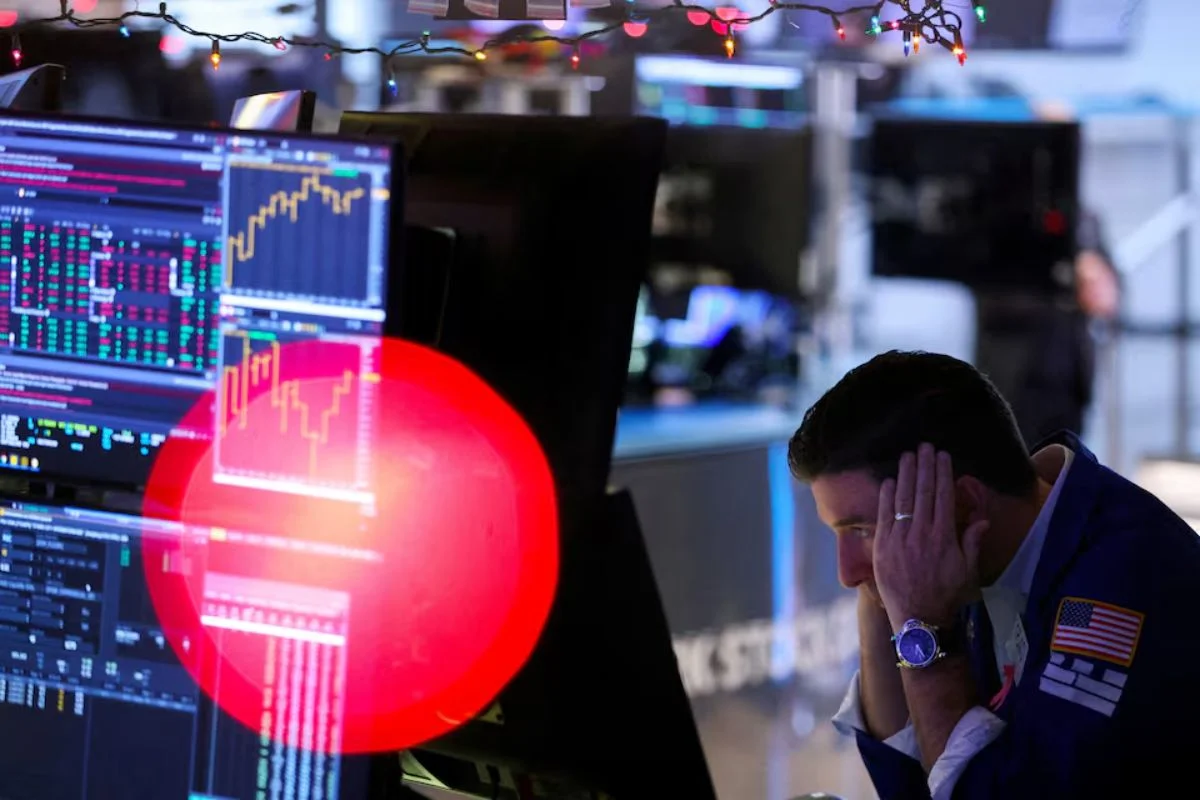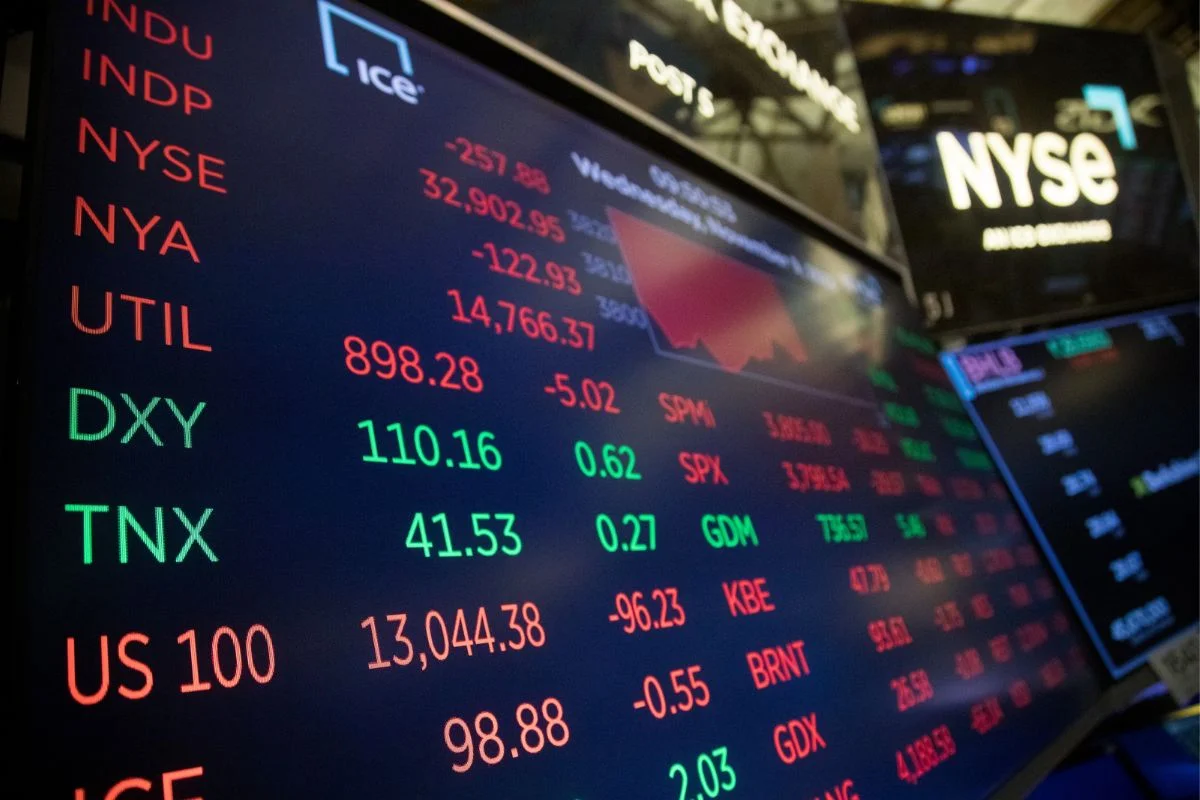US Stock Changes Loom: The shift to a T+1 settlement cycle for U.S. securities could spell trouble for global funds post-GameStop crisis. Operational challenges like staffing and liquidity could rock markets. Trading and financing dynamics will reshape, affecting FX trades and financing costs. Disruptions in global index funds and decreased equities liquidity are on the horizon. To weather the storm, fund managers must embrace robust risk management strategies. The implications are profound, hinting at a complex web of changes with significant ramifications for global finance.
Introduction of Shorter Settlement Cycle for U.S. Securities
The imminent shift towards a shorter settlement cycle for U.S. securities has triggered alarm bells among international fund managers, sparking a wave of reassessment and adaptation within the global investment landscape. This move, shifting from the current T+2 cycle to T+1, signifies a critical response to the risks exposed during the GameStop plunge of 2021. The aim is clear – to enhance market resilience by reducing the window for unsettled trades after periods of heightened volatility. While this adjustment intends to bolster the stability and efficiency of the financial system, its implementation poses significant challenges for market participants worldwide.
Fund managers are now faced with the urgent task of reassessing their operational frameworks to align with the forthcoming regulatory change. The necessity to avoid transaction failures and the potential escalation of trading expenses looms large, compelling a thorough review of current processes. As the countdown to the shorter settlement cycle begins, global funds find themselves at a pivotal juncture where strategic decisions and meticulous planning are imperative to navigate the evolving landscape of U.S. securities trading.
Operational Challenges and Risks
Amidst the upcoming shift to a T+1 settlement cycle for U.S. securities, how will fund managers steer through the expected staffing challenges and increased cash requirements while mitigating heightened foreign exchange risks?
The shift poses significant operational challenges, requiring a delicate balance of adept resource management and strategic foresight. With the looming specter of potential staff shortages and the need for additional liquidity, fund managers must proactively assess their organizational capabilities to adapt swiftly to the new settlement framework.
Additionally, the surge in foreign exchange risks demands a meticulous approach to hedging and risk mitigation strategies to safeguard portfolios from currency fluctuations.
While the Depository Trust & Clearing Corporation (DTCC) and industry bodies like the Investment Company Institute (ICI) are working to streamline the shift process, fund managers must remain vigilant and proactive in addressing these operational hurdles. Navigating these challenges will test the mettle of fund managers, requiring a blend of agility, expertise, and calculated risk management to steer through the turbulent waters ahead.
ALSO READ: US Stock Market on the Brink of a ‘Santa Rally’: Is It Time to Believe in Holiday Miracles?
Implications on Trading and Financing
Moving through the shift to a T+1 settlement cycle for U.S. securities will unquestionably reshape the landscape of trading and financing dynamics, presenting both challenges and opportunities for market participants.
The implications on trading and financing are profound, with potential operational hurdles looming large. Shortening the settlement cycle could trigger operational challenges, including potential dislocations in FX trades and heightened demand for short-term financing. Foreign investors might find themselves grappling with increased FX costs, while asset managers trading up to the U.S. close could encounter restricted access to CLS, the multi-currency settlement system.
This shift demands a strategic reevaluation of trading and financing strategies to navigate the evolving landscape effectively. Market participants need to proactively assess their operational readiness, leverage technology for streamlined processes, and explore alternative financing options to mitigate risks and capitalize on the new opportunities presented by the changing settlement cycle.
In this dynamic environment, adaptability and foresight will be key to thriving amidst the shifting tides of trading and financing dynamics.
Potential Knock-On Effects and Market Disruptions
Steering the imminent switch to a T+1 settlement cycle for U.S. securities brings forth a wave of potential knock-on effects and market disruptions, reshaping the global landscape for index funds and liquidity in equities markets.
The change could disrupt global index funds and reduce liquidity in equities markets, particularly impacting short selling and securities lending activities. Managers may need to adjust settlement cycles between funds with high proportions of U.S. assets and more diversified global funds to mitigate disruptions and manage liquidity effectively.
- Impact on Global Index Funds: The adjustments may lead to significant changes in the composition and performance of global index funds.
- Liquidity Challenges: Reduced liquidity could result in heightened volatility and increased trading costs for investors.
- Regulatory Responses: Regulators might need to step in to uphold market stability and investor protection during the switch period.
- Risk Management Strategies: Fund managers will have to implement robust risk management strategies to navigate the uncertainties and potential market disruptions effectively.
News in Brief
The upcoming changes to the US stock settlement cycle are poised to create significant challenges for global funds. Operational risks and potential market disruptions loom large as the industry grapples with the implications on trading and financing.
The knock-on effects of these changes could reverberate throughout the financial markets, causing turmoil and uncertainty for investors worldwide. Prepare for a rocky road ahead as the repercussions of these changes unfold.
Our Reader’s Queries
Q. What are the functions of securities markets?
A. Securities markets serve dual purposes: Firstly, they facilitate companies in raising capital through the initial sale of stock to the public. Secondly, they offer a platform for investors to engage in the trading of previously issued stock.
Q. What is the primary purpose of a stock exchange?
A. A stock exchange acts as a nexus, connecting companies with investors. By issuing equity shares to be sold to investors, companies utilize stock exchanges as a means to raise capital or funds.
Q. What are the 3 US stock markets?
A. In the United States, the three primary stock indexes reign supreme: the Dow Jones Industrial Average, the S&P 500, and the Nasdaq Composite.



